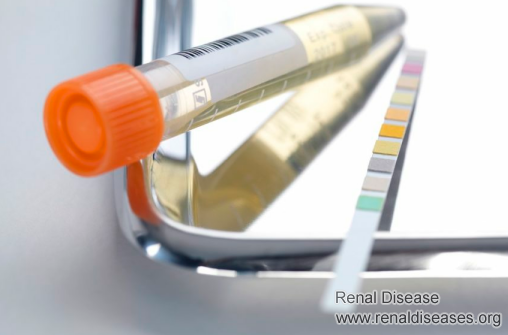Whatsapp: +8615512139310
- Email us:
 Proteinuria is one of the factors that make kidney function worse, so reducing the level of proteinuria is an important part in the treatment of kidney disease. Here we list two methods for stopping persistent protein leakage. Hope they can help you.
Proteinuria is one of the factors that make kidney function worse, so reducing the level of proteinuria is an important part in the treatment of kidney disease. Here we list two methods for stopping persistent protein leakage. Hope they can help you.
There are two reasons for repeated attacks of proteinuria: one is low immunity, so repeated inflammation can not be suppressed; the other is too high level of endotoxin, poor blood flow in the kidney, and poor living environment, which makes the residual renal function difficult to play its residual value. These two methods can help solve these two problems.
In conventional treatment, the combination of steroid and immunosuppressant is the main way to suppress the inflammation of kidney and eliminate proteinuria. In fact, besides the combination of these two kinds of drugs, kidney patients can also choose these drugs, such as ACEI and ARB, which are currently recognized as highly effective drugs for reducing protein and delaying renal function. They have obvious effects on the treatment of early massive proteinuria in kidney disease.
Diuretic spironolactone, also found in clinical studies, has the effect of reducing protein, mainly by reducing intraglomerular pressure, to achieve the purpose of inhibiting renal fibers and glomerulosclerosis, and then protect renal function and reduce the level of proteinuria. In addition, cyclosporine and some statins have also been studied to have the effect of reducing protein in urine.
There are many reasons leading to kidney inflammation, such as long-term infection, hypertension, hyperlipidemia and so on. The therapeutic effect of "medication for symptoms" is often better than that of single medication. In order to maintain the stability of proteinuria for a long time, the key is to remove the factors that are prone to recurrence, and then to stabilize kidney function by inflammation suppression therapy. Only by treating proteinuria in this order can the long-term stability be maintained.
The long-term existence of proteinuria is the inevitable result of poor renal function. To keep the level of proteinuria stable for a long time, sound renal function is essential. But after the kidney is damaged, the detoxification ability decreases, and the accumulation of toxins in the body, including creatinine, uric acid, urea nitrogen and other indicators, increases. The kidney is surrounded by a large number of "toxins", which makes it difficult to play its residual value.
How on earth should the level of toxin in the body decrease?
Some therapies with TCM characteristics, such as medicated bath and moxibustion, can be selected, which have certain effects on dredging blood vessels and accelerating metabolism. They can regulate and improve the internal environment of kidneys, thus promoting the excretion of toxins. After the toxin is discharged, it can provide strong conditions for the recovery of renal function, thus helping to prevent the continuous leakage of proteinuria.
Now you know the two methods for stopping persistent protein leakage. For more information on CKD treatment, please leave a message below or contact online doctor.